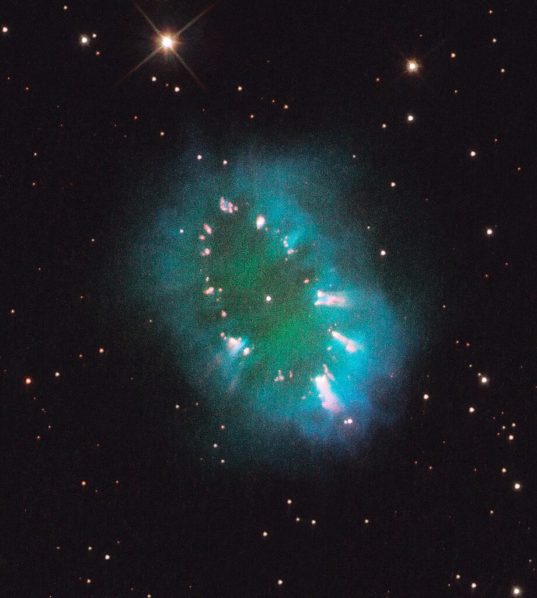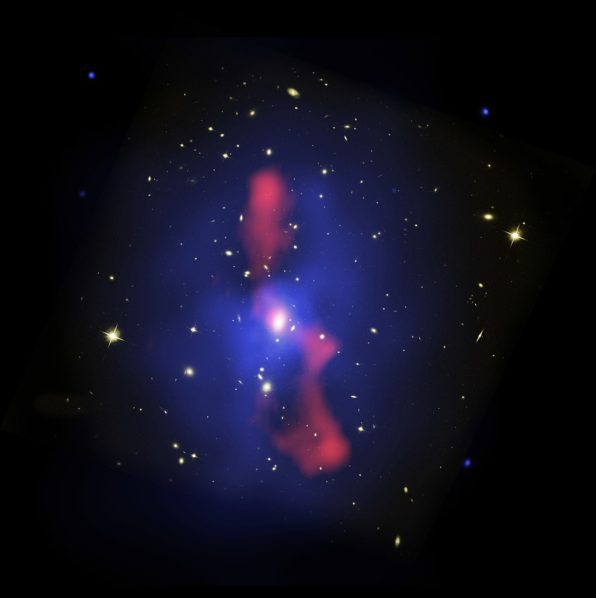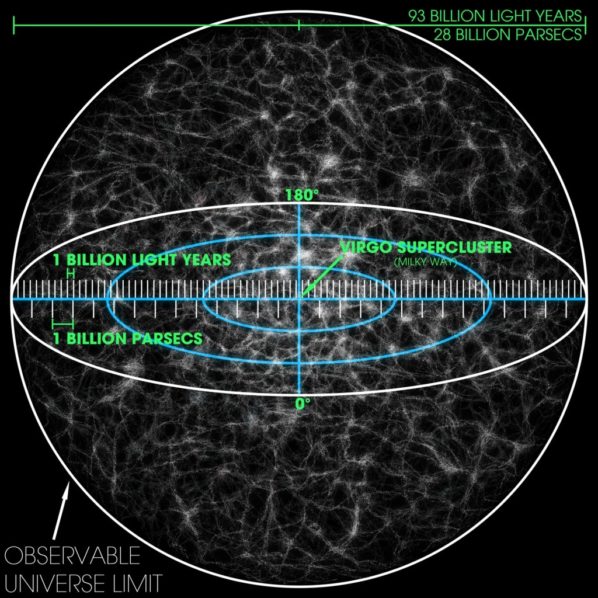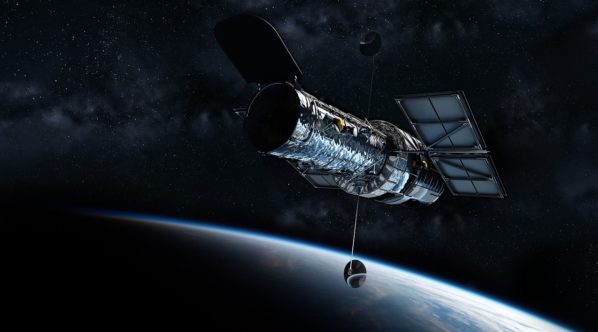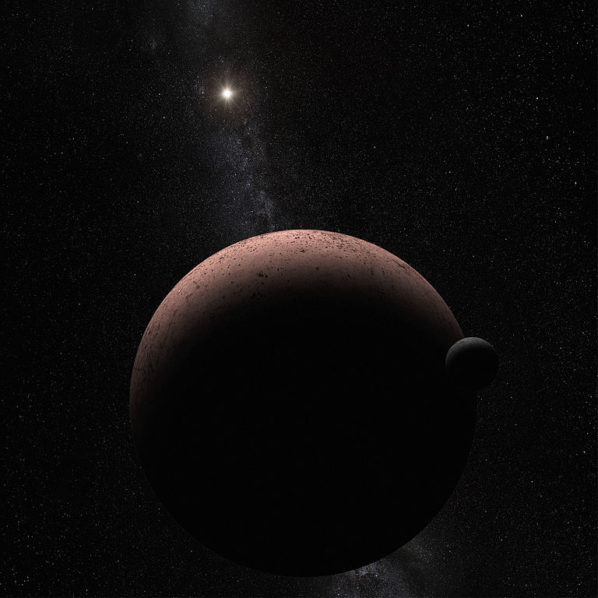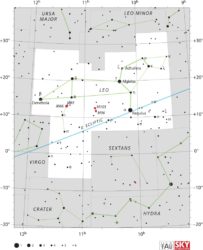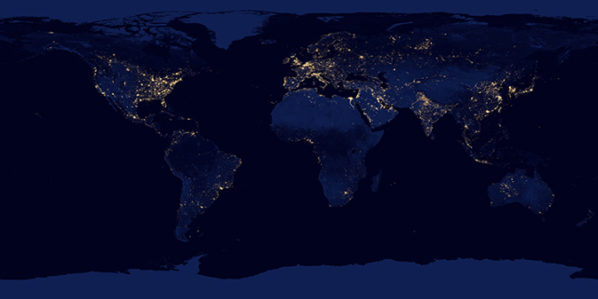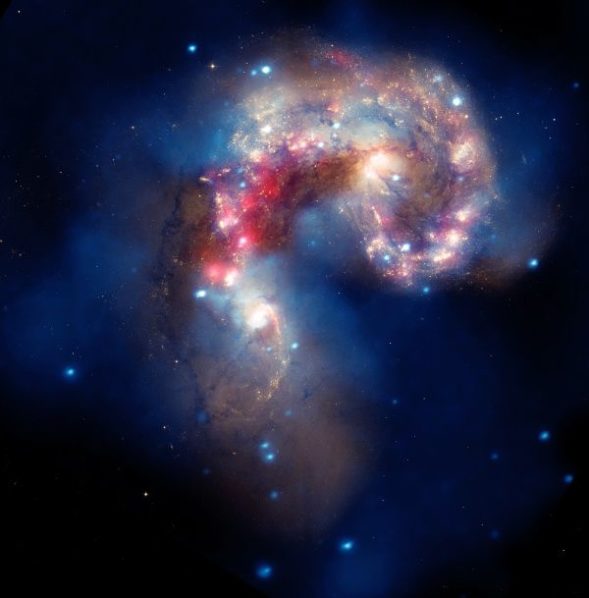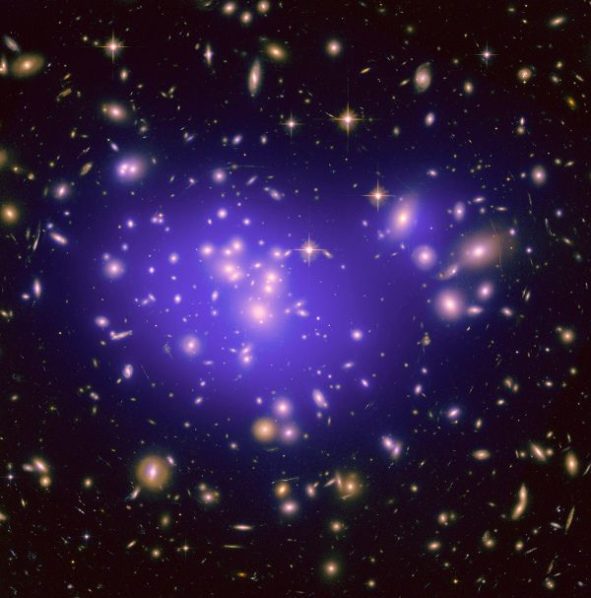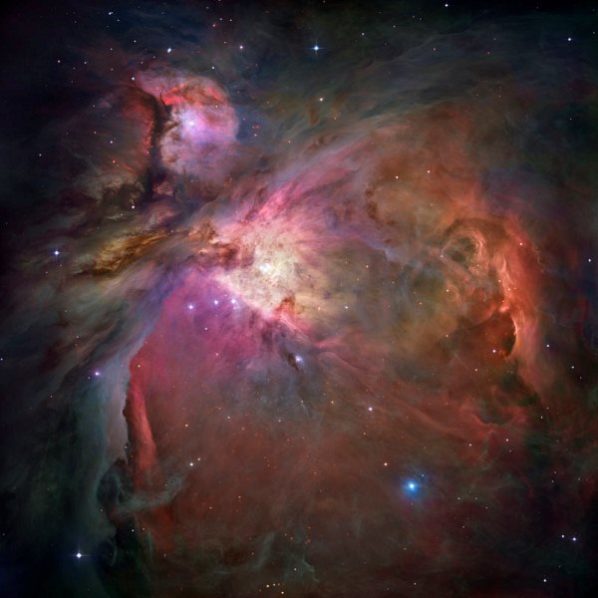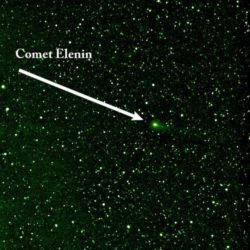The Necklace Nebula: A Heavenly Jewel in Our Universe
The Necklace Nebula, a stunning planetary nebula in Sagitta, formed as a star engulfed its companion, crafting a captivating celestial jewel 15,000 light-years away.
Galaxy Cluster MS0735 – Three Telescopes Show a Very Different Picture
Unveiling the Mysteries of Galaxy Cluster MS0735: Explore the enigmatic cluster through optical, X-ray, and radio lenses, revealing the colossal scale of a supermassive black hole's impact and the intricate dance of forces within this captivating galactic cluster.
What Is the Hubble Volume?
Explore the enigmatic Hubble Volume and its role in defining cosmic boundaries. Discover its expanding realm within our observable universe.
Common Tools Used to Gather Data in Space
As a species, we're working on expanding our horizons — literally — by making our first forays into outer space. Despite this push toward space exploration, there is still a lot about the universe around us that we don't know, and a lot that we don't even know to ask about yet. On top of that, much of the data that we could be collecting from outer space is invisible to the human eye. What tools are scientists using to gather data in space?
A Good Time to Observe Dwarf Planet Makemake
On March 29, we have a great opportunity to observe the dwarf planet Makemake. It will be at opposition, which means it will reach the highest point in the sky at around midnight and be opposite to the Sun. At around the same time Makemake will also reach its closest point to the Earth (perigee) at a distance of 51.77 AU. Its peak brightness will be an apparent magnitude of 17.1, which makes it the brightest trans-Neptunian object after Pluto.
Monthly Stargazing Calendar for November 2013
Earlier this month there were two major astronomical events: a hybrid solar eclipse on November 3rd and the Taurids meteor shower peak on the night of November 4 and 5. If you missed those two events, don't worry, there are two more coming up this month!
Blue Gas Giant Discovered in Distant Solar System
Observing starlight variations, scientists confirmed HD 189733 b as a blue planet, shedding light on exoplanet properties through host star analysis.
NASA Releases Amazing Night View of Earth
NASA's Suomi NPP satellite captures stunning night imagery, revealing societal contrasts and aiding advanced meteorological predictions.
Antennae Galaxies – Astronomy Picture of the Week
This beautiful image of two colliding galaxies has been released by NASA's great observatories. The Antennae galaxies are located about 62 million light-years from Earth. They take their name from the long antenna-like "arms," which were produced by tidal forces generated in the collision.
Dark Matter Map in Galaxy Cluster Abell 1689 – Astronomy Picture of the Week
This image represents the inner region of galaxy cluster Abell 1689 and the distribution of dark matter around it. Abell 1689 is an immense cluster of galaxies located 2.2 billion light-years away. Dark matter cannot be photographed, but its presence can be inferred by observing the light from background galaxies…
Panoramic View of the Orion Nebula – Astronomy Picture of the Week
This image, taken by NASA's Hubble Space Telescope, represents the sharpest view ever taken of the Orion Nebula. More than 3,000 stars of various sizes appear in this image. The bright central region is the home of the four largest stars in the nebula.
Monthly Stargazing Calendar for October 2011
This month we were expecting to see a close approach of the comet Elenin. Unfortunately, the comet has recently lost in brightness and it seems that it is breaking up. Even these news haven't stopped all that doomsday nonsense in the blogosphere about this comet crashing into the Earth…

